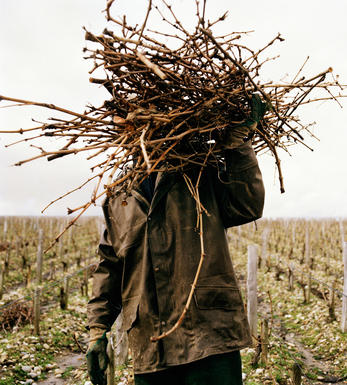
About this WINE

Champagne Laherte Freres
Champagne Laherte is at the cutting edge of artisan, grower Champagne production. It is based in Chavot, just to the south of Epernay, in a sector known as the Coteaux Sud d’Epernay, but it has holdings in 75 different parcels, covering 10 different villages mainly in the southern sectors or to the west in the Vallée de la Marne.
Firmly environmental of temperament (farming organically, following biodynamic principles), the ‘brothers’ (Laurence, Auréline, Christian and Thierry) are pleasingly pragmatic when they enter the winery, although they favour wood for the first fermentation (70% of the wines are treated to oak) and usually, but not always, eschew the malolactic fermentation.
Fermentation in oak barrels imparts the champagnes a complexity, softness and length which is unparalleled. Their Champagnes are of little or no dosage (sugar addition), to allow the wines to show the purest expression of their terroir.
Their range of Champagnes is of extraordinary quality across the board. Their Brut Nature contains 50% of barrel-aged reserve wines and has had its malolactic fermentation partially supressed. It has been aged for just over four years after a first fermentation in foudre.
The artist formerly known as the Brut Tradition (now imaginatively called Ultradition, with pleasing elision and the implication that the sugar is less than 6 g/l, which is indeed the case) is typically a blend of 60% Pinot Meunier, 30% Chardonnay and 10% Pinot Noir. It contains 40% of reserve wines.

Champagne blend
Which grapes are included in the blend, and their proportion, is one of the key factors determining the style of most Champagnes. Three grapes are used - Pinot Noir, Chardonnay and Pinot Meunier.
26% of vineyards in Champagne are planted with Chardonnay and it performs best on the Côtes des Blancs and on the chalk slopes south of Epernay. It is relatively simple to grow, although it buds early and thus is susceptible to spring frosts. It produces lighter, fresher wines than those from Burgundy and gives finesse, fruit and elegance to the final blend. It is the sole grape in Blancs de Blancs, which are some of the richest long-lived Champagnes produced.
Pinot Noir accounts for nearly 40% of the plantings in Champagne and lies at the heart of most blends - it gives Champagne its body, structure, strength and grip. It is planted across Champagne and particularly so in the southern Aube district.
The final component is Pinot Meunier and this constitutes nearly 35% of the plantings. Its durability and resistance to spring frosts make the Marne Valley, a notorious frost pocket, its natural home. It ripens well in poor years and produces a soft, fruity style of wine that is ideal for blending with the more assertive flavours of Pinot Noir. Producers allege that Pinot Meunier lacks ageing potential, but this does not deter Krug from including around 15% of it in their final blends.



Buying options
Add to wishlist
Description
Champagne Laherte is based in Chavot , just to the south of Epernay, in a sector known as the Coteaux Sud d’Epernay , but has holdings in 75 different parcels , covering 10 different villages mainly in the southern sectors or to the west in the Vallée de la Marne. Firmly environmental of temperament, the ‘brothers’ (Laurence, Auréline, Christian and Thierry) are pleasingly pragmatic when they enter the winery, although they favour wood for the first fermentation (70% of the wines are treated to oak) and usually, but not always, eschew the malolactic fermentation.
The artist formerly known as the Brut Tradition ( now imaginatively called Ultradition, with pleasing elision and the implication that the sugar is less than 6 g/l, which is indeed the case) is a blend of 60% Pinot Meunier, 30% Chardonnay and 10% Pinot Noir. It contains 40% of Reserve Wine. Signature Meunier notes of brioche, spice and honey dominate the palate, which has hints of mango and plum to underline richness of the inherent fruit. Very complete with vinous weight, yet light on its feet, like Mohammed Ali in his prime.
Simon Field MW, Wine Buyer
wine at a glance
Delivery and quality guarantee